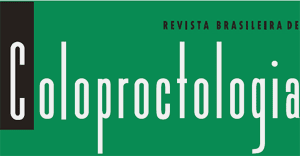Anal squamous cell carcinoma (ASCC) and anal intra-epithelial neoplasia (AIN) incidences are bigger among human papillomavirus (HPV) infections, and are associated to immunity and to HIV infection. These viruses with sexual transmission in association suggested ASCC is a sexually transmitted tumor. HIV infection changed ASCC patient profile. This kind of tumor committed women in theirs sixties, but nowadays, affects mainly men in the third and forth decades of life. In the United States of America, ASCC was diagnosed in 19/100.000, in the pre-HAART (highly active anti-retroviral therapy) era (1992-1995), came to 48,3/100.000 in the immediate post-HAART period (1996-1999) and increased to 78,2/100.000 people per year from 2000 to 2003. ASCC treatment, described by Nigro, in 1974, includes radio and chemotherapy. Rescue operations are indicated when neoplasia persists or recurs. Studies comparing immunossupressed and immunocompetent patients have showed, respectively, nodal involvement in 60% and 17%, recurrences in 75% and 6%, good responses to chemoradiation in 62% and 85%, toxicity in 80% and 30% and mean survival of 1,4 and 5,3 years. Low counts of T CD4 lymphocytes predict bad prognosis and evolution. When the result are superior to 200/mm³, they are comparable to those obtained among HIV-negative patients.
Carcinoma; squamous cell; Papillomavirus infections; HIV infections; Radiotherapy; Chemotherapy
